M. Deriche
Subsurface structure analysis using computational interpretation and learning: A visual signal processing perspective
Dec 20, 2018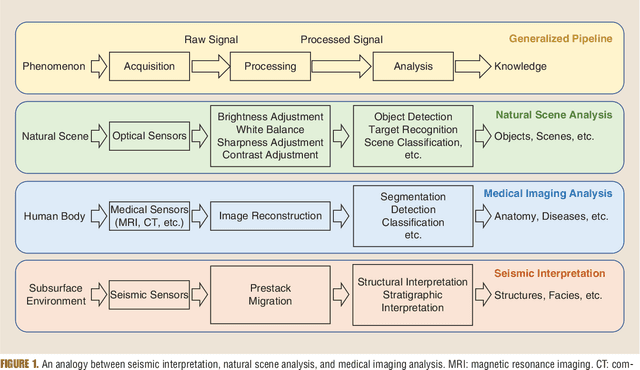
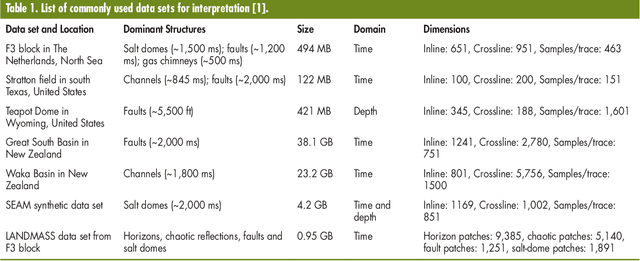
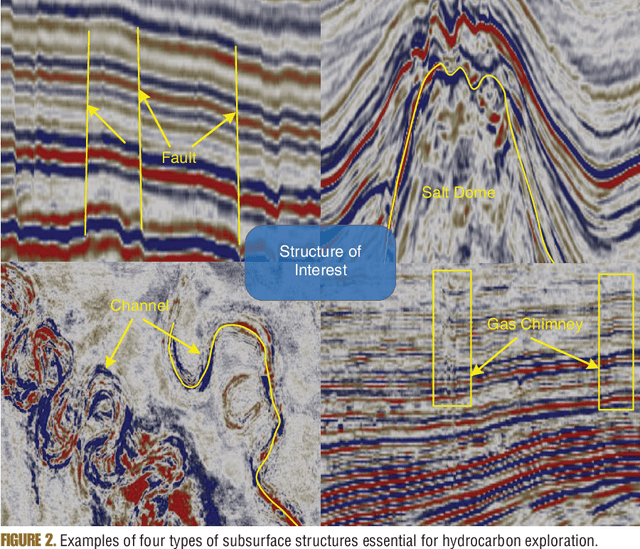
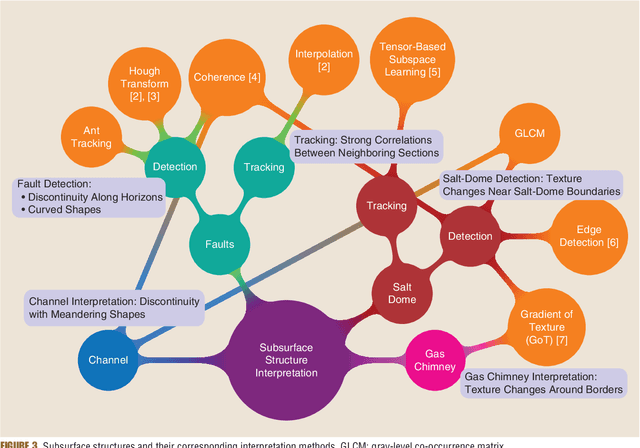
Abstract:Understanding Earth's subsurface structures has been and continues to be an essential component of various applications such as environmental monitoring, carbon sequestration, and oil and gas exploration. By viewing the seismic volumes that are generated through the processing of recorded seismic traces, researchers were able to learn from applying advanced image processing and computer vision algorithms to effectively analyze and understand Earth's subsurface structures. In this paper, first, we summarize the recent advances in this direction that relied heavily on the fields of image processing and computer vision. Second, we discuss the challenges in seismic interpretation and provide insights and some directions to address such challenges using emerging machine learning algorithms.
A New Technique for Combining Multiple Classifiers using The Dempster-Shafer Theory of Evidence
Jun 30, 2011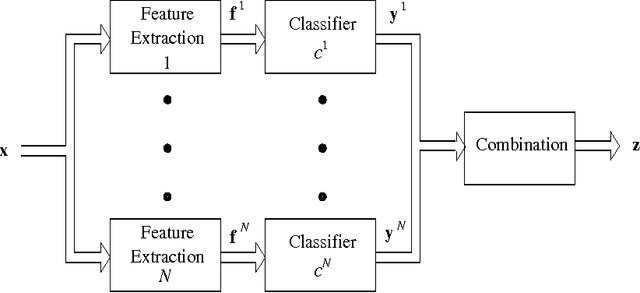

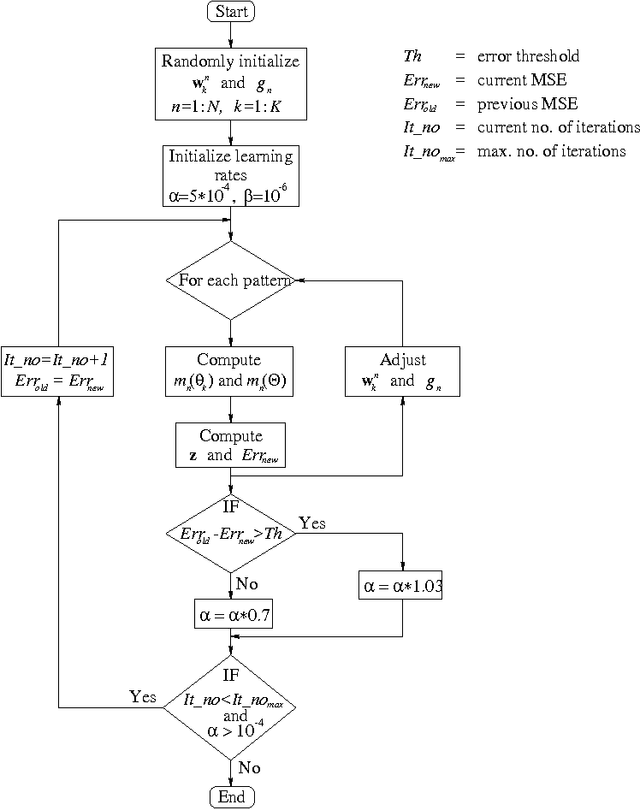

Abstract:This paper presents a new classifier combination technique based on the Dempster-Shafer theory of evidence. The Dempster-Shafer theory of evidence is a powerful method for combining measures of evidence from different classifiers. However, since each of the available methods that estimates the evidence of classifiers has its own limitations, we propose here a new implementation which adapts to training data so that the overall mean square error is minimized. The proposed technique is shown to outperform most available classifier combination methods when tested on three different classification problems.
 Add to Chrome
Add to Chrome Add to Firefox
Add to Firefox Add to Edge
Add to Edge